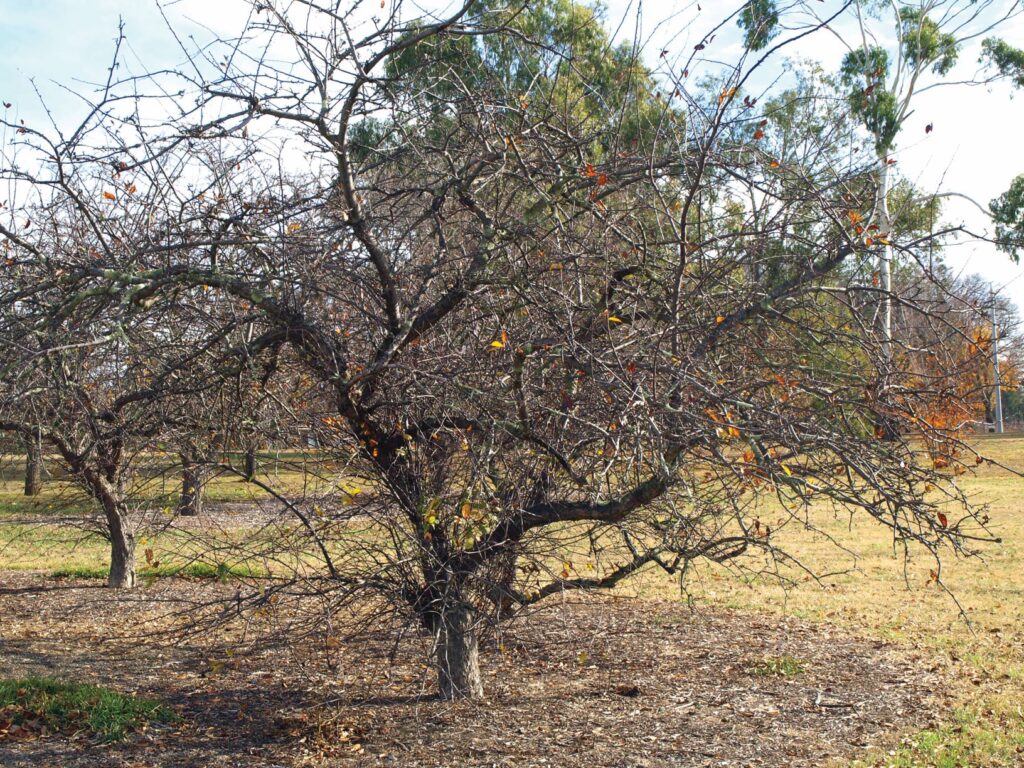Pruning
Winter is a suitable time for pruning many deciduous trees and shrubs, because they’re dormant, which can mean reduced stress, and it’s easier to view the tree for making the right cuts.
Pruning is carried out for many reasons, including: to increase vigour and rejuvenate; maintain size; promote flowers, fruit and ideal shape for particular species; improve air circulation and reduce pest and disease problems; remove dead, diseased or dying branches (the three D’s); and for effect such as topiary, bonsai and espalier.
Before pruning, you need to know specific cultural information about the variety of plant, such as: whether they are sensitive to severe frosts; whether flowers or fruit are produced on this or last season’s growth; and do they need pruning at all?

There are a wide range of pruning tools available on the market, with several being indispensable to the home gardener.
For smaller pruning jobs of growth up to 15mm, use parrot-beak style secateurs, which cut wood without crushing it as anvil style ones do. For growth up to 25mm or that which is hard to reach, long-handled loppers are the way to go. All larger stems over 25mm are best cut with a pruning saw or chainsaw if you’re sufficiently trained. It is well worth investing in good quality tools as their performance and durability is far superior, costing less in the long run.
Generally, a pruning cut is made on a 45-degree angle slightly above an outward facing bud (one instance where this doesn’t apply is when buds are located opposite one another and you use a straight cut). This is to maximise healing, reduce chances of infection and ensure water runs off the wound. To reduce stress and potential infection, carry out any formative pruning when plants are young and growth is smaller in diameter.
Tool care
It’s essential to keep pruning tools clean and sharp to prevent the spread of disease and to protect them from becoming blunt or damaged. Tools should be cleaned after every use and also in between the pruning of diseased and non-diseased plants.
There are a range of household products on the market suitable for disinfecting tools. Keep in mind that most disinfectants take five minutes or more to kill any germs. A ratio of seven parts methylated spirits to three parts water works well. It can be used several times before disposal, so keep in a lidded container to prevent the water from evaporating.
Remove any residual sap with a mild steel wool while tools are still wet. Alternatively, let them dry and use a fine grade emery paper. Lastly, wipe blades, hinges, etc., with a thin oil to prevent oxidisation and keep parts moving freely.
Pruning tools require intermittent sharpening to maintain the cutting edge and remove any pits or burrs. Diamond sharpening stones are useful for the job and come in a range of grades. As for technique, online sites are an excellent resource.
More stories:



